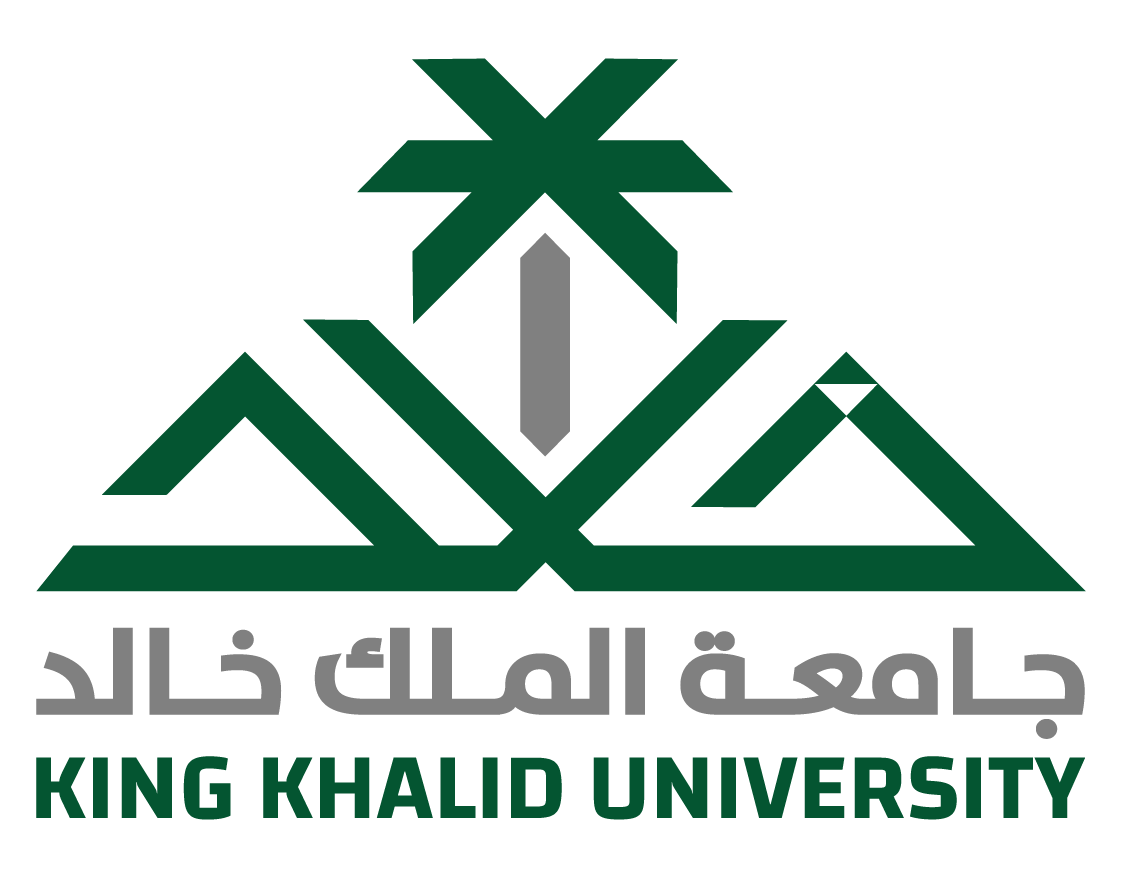الملخص
Abstract: Nano- Zinc Oxide (ZnO) thin films were successfully prepared by sol-gel and spin coating methods as cost effective and efficient techniques. Nanoengineering of the novel optoelectronic properties of the nano-ZnO thin film was carried out by noble metals doping/incorporation within the texture of the film for possible properties tuning or modifications. In particular, varying contents of nano noble metals of Pt, Ag, and Al, respectively, were utilized for doping or/and incorporation to investigate their effects on the properties of the nano-ZnO thin films. The prepared sets of nanomaterial Pt:ZnO, Ag:ZnO, andAl:ZnO samples were eventually cast as thin films on different substrates including glass and FTO at a constant thickness (≅ 134݊݉) and annealing temperature (450℃). Structural studies of the as-deposited Pt:ZnO, Ag:ZnO, and Al:ZnO nano thin films were conducted using X-ray diffraction (XRD) spectrometry and Raman spectroscopy (RS). The XRD spectra exhibit a typical pattern with peaks originating around the double Bragg angles of 31ᵒ, 34ᵒ, and 36ᵒ, respectively, which are signatures of the wurtzite crystalline structure of the ZnO material. Raman results confirmed the existence of the nano-ZnO material within the film's texture and correlated well with the obtained XRD data regarding the effects of the different noble metals doping/incorporation contents on the investigated films. To understand effects of annealing temperature on the structural nature of the metal doped nano-ZnO film, representative samples of Pt:ZnO and Al:ZnO films deposited on a silicon substrate and annealed at 640℃ for 2 hours were structurally investigated as well. Morphologies and topologies of the as-synthesized nano- Pt:ZnO, Ag:ZnO, and Al:ZnO films deposited on glass substrate were inspected using scanning electron microscopy (SEM) and atomic force microscopy (AFM). The SEM and AFM results showed nano-grains and grainy fiber-like nanostructure on the studied films' surfaces. The Pt:ZnO, Ag:ZnO, and Al:ZnO nanofilms grown on glass were then subjected to a thorough characterization to shed lights on their optical and dielectric properties. Using UV-Vis spectrophotometer, the measured transmittance (T) pointed out that all samples deposited on glass substrate were transparent with over 80% of transmission rates taking places in the visible and IR regions. Transmittance rates of noble metals doped nano-ZnO films tend to increase at low doping and decrease at heavy doping/incorporation. Beside transmittance, reflection and absorption rates are measured and then optical constants and dielectric coefficients are calculated for all samples. Findings show the influence of the doping metals on the optical and dielectric functions of the as-deposited metals doped nano-ZnO films at a wide range of wavelengths. Moreover, Plasmonic activities within the studied samples have been addressed and discussed. The band gaps of the Pt:ZnO, Ag:ZnO, and Al:ZnO nano thin films deposited on the glass substrate were also calculated and found to be varying with the dopant concentrations. The electrical properties of the nanofilms of Pt:ZnO, Ag:ZnO, and Al:ZnO grown on FTO substrate were studied using I-V spectroscopy, after depositing the appropriate contacts on the films by the sputtering technique. The photoresistivity and photosensitivity of all films were estimated under dark and light illuminations. All results indicated that metals doped nano-ZnO films synthesized by low-cost methods have the needed qualities to be considered promising materials for modern optoelectronics and alternative metamaterials for advanced technologies and alternative energy-related applications.

